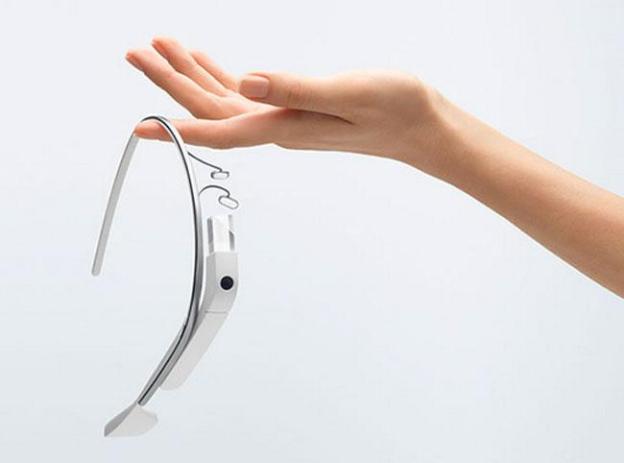
It’s no secret that there’s more hype about Google Glass than just about every other mobile tech innovation out there right now. And when it comes to initial thoughts and reviews, it’s been a mixed bag with some singing praises and others voicing concerns about privacy issues. But with all the talk of Google Glass, we haven’t heard much about what exactly makes this gadget tick.
Google has released a few details about Glass, so we know that it sports a 5-megapixel camera, supports 802.11 g/t Wi-Fi and Bluetooth, and can shoot video at 720p. We know it’ll have 16GB flash storage, several function buttons, and a touch-sensitive section. But other than that, we’ve been left hanging, not knowing the inner workings. Not willing to accept this, the folks at CNET decided to do a little dissection on a beta sample.
CNET’s Bill Detwiler whipped out his toolkit and successfully removed the frame, nose piece, and eyepiece cover … and rather easily at that. However, things didn’t exactly go according to plan. Try as he did, short of cutting it off and potentially damaging the unit, Detwiler was unable to open the main and rear modules.
What is the significance of this? If you invest in your own Glass, and something goes wrong on the inside, it could prove to make repairs either impossible, or at least costly, particularly if cutting away the frame is truly the only way to get inside.
However, still wanting to know a little more about Glass’s innards, Detwiler enlisted a developer to use an Android debugging tool to get a little more information, finding that it runs on a Texas Instruments OMAP 4430 processor and has 1GB RAM.
We’re hoping that this super secure casing on these beta models is just a precaution on Google’s parts and that when the device finally hits store shelves – in about a year or so – there is a little more accessibility, particularly when it comes to potential repairs.
Editors' Recommendations
- How to turn off Google Assistant on any device
- I’m excited for the Google Pixel Fold, and you should be too
- Your Google One plan just got 2 big security updates to keep you safe online
- CES 2023: These 38-gram smart glasses aim to make AR practical
- 5 things that would make the Google Pixel Fold next year’s best foldable


